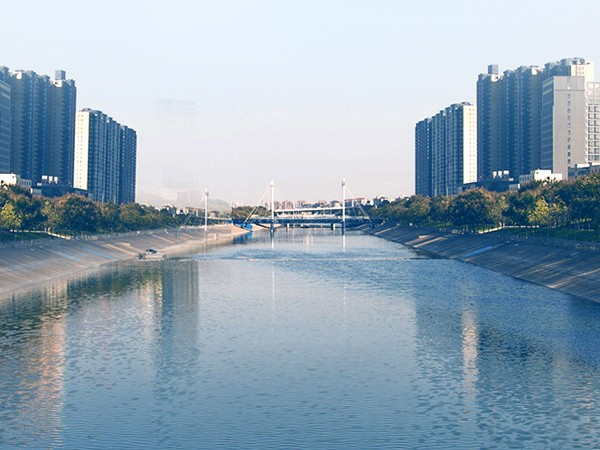
Choose the appropriate treatment process and related equipment according to the waste water volume and water quality. Ensure that the sewage can be effectively treated to reach the discharge standard, and it can save energy consumption and economic investment.
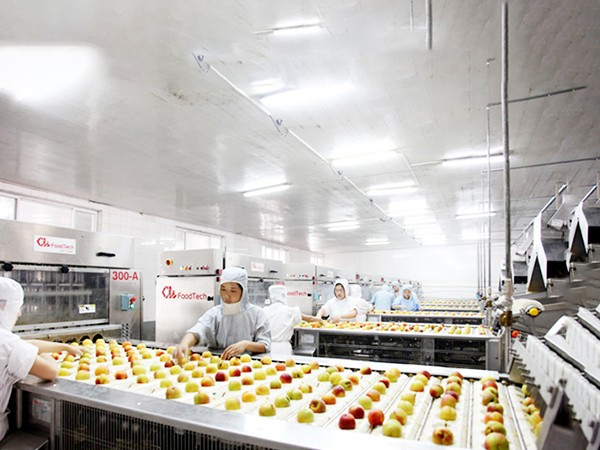
The characteristics and hazards of food industry wastewater: The food industry wastewater has the characteristics of large amount of wastewater, high content of organic matter and suspended matter, perishable, and relatively low toxicity. The untreated wastewater is discharged into the water, making the water rich in nutrients, quickly consuming dissolved oxygen in the water, and killing fish and aquatic organisms.
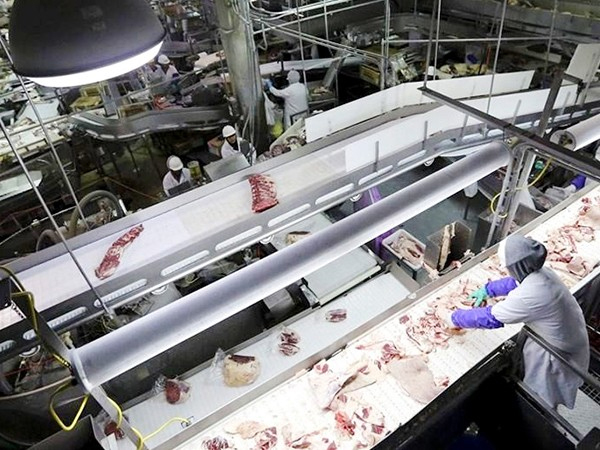
The main source of slaughter wastewater is a series of sewage discharged from the slaughter process, including: post-slaughter washing, disintegration washing, viscera washing, floor washing, and livestock manure wastewater. Sewage contains a lot of organic matter, such as animal feces, blood, animal visceral debris, animal hair, minced meat and oil, etc.
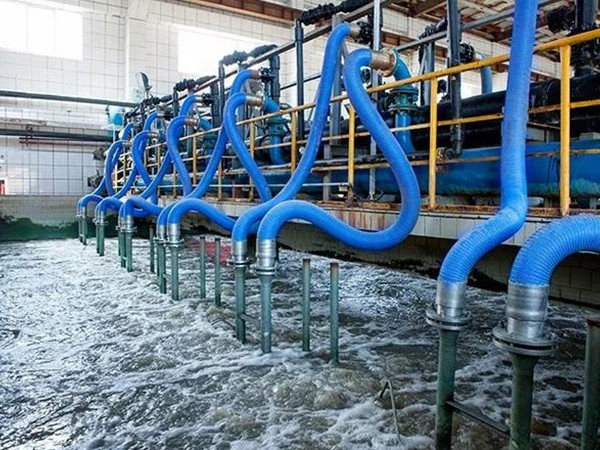
The pollution hazards caused by industrial wastewater to the environment, and the prevention and control measures that should be taken, depend on the characteristics of industrial wastewater, that is, the type, nature and concentration of pollutants. The water quality characteristics of industrial wastewater vary not only according to the type of wastewater, but often change with time and place.
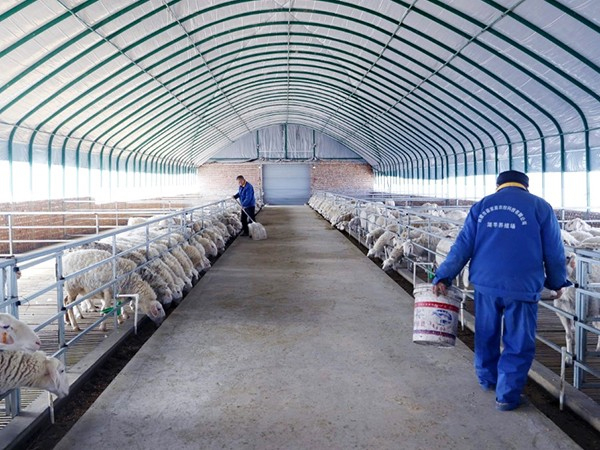
Farming sewage mainly includes urine, feed residues, residual manure and washing water, and in some places it also includes domestic wastewater generated during the production process. It is a high-concentration organic sewage with a large content of suspended solids and ammonia nitrogen. After this untreated sewage enters the natural water body, the content of suspended solids, organic matter and microorganisms in the water increases, changes the physical, chemical and biological composition of the water body, and deteriorates the water quality.

The main sources of sewage in medical institutions are sewage discharged from operating rooms, radiology departments, pathology departments, laboratory departments, inpatient departments, laundry rooms, restaurants, and toilets in hospitals. Wastewater contains a large number of bacteria, viruses and other toxic and harmful substances. If the discharge does not meet the standard, it is easy to have an impact on the ecological environment.